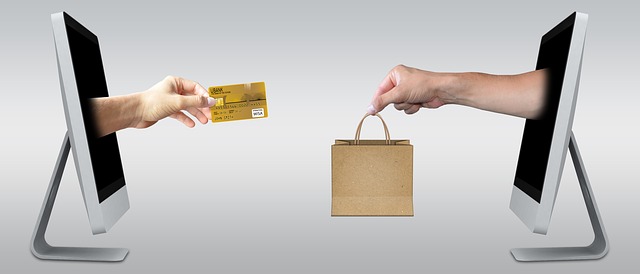
The checkout process is the most crucial part of the customer journey. After a comprehensive digital marketing campaign, a stunning landing page with compelling product information, and a strong call to action that gets potential customers excited about making a purchase, it is up to your checkout process to ensure conversion happens.
Unfortunately, the checkout process is also one of the most neglected elements in today’s ecommerce landscape. Many businesses focus more on optimizing their site’s layout and performance rather than improving the checkout process. Don’t make the same mistake with your business and use these five tips to deliver an impeccable checkout experience to your customers.
Keep It Short and Simple
Forget about a 4-page series of forms asking for as many customer details as possible. This type of approach will increase your dropped cart rate and scare customers away. You want to find the right balance between getting the necessary customer information and keeping the checkout process as simple as possible.
Start by eliminating all unnecessary fields from the checkout pages. If you don’t need the information to process customers’ orders, you don’t need to ask for those details during the checkout process. It is much better to send a follow-up email or present another form AFTER the checkout process is complete.
Show Progress
This is a simple trick that you can implement right away, but it is a trick that works really well in keeping customers engaged. When you have more than one page in your checkout process, be sure to add a progress bar above the page.
The progress bar lets customers keep track of their progress. It is a psychological thing, but customers are more likely to stay on course when they can see their progress. They can also see how close they are to completing the purchase, which is another huge plus.
You can choose to display the number of steps in the checkout process or use percentage to show progress. Add an animated bar and display the number on the side to get the biggest impact from this simple element.
Be Transparent
There is one thing you can do to boost the checkout experience substantially, and that is adding transparency to the whole process. To do this, you simply add a box on the side of the page, with details about the items being purchased, shipping costs and additional fees (i.e. VAT and handling fees), and the total for the purchase.
Make sure the box is visible throughout the checkout process. You can take it a step further by allowing customers to alter their purchase – add quantity or remove certain items from the list – in real-time, all while completing the checkout process. Once again, the impact of this box is more psychological, but it implies transparency. The box itself will boost the way customers see your ecommerce store in terms of credibility and reliability.
Make Payment Easy
Another crucial part of the checkout process is payment. There are two things you want to do with the payment part of the process: make sure customers can pay using the method they prefer and keep the payment process as convenient as possible.
Credit cards and Direct Debit are very common; the latter is suitable for subscriptions and recurring payments too. Adding online payment options such as PayPal helps with certain groups of customers. Cover the basics before you start adding alternative payment options to the checkout process.
Aside from offering the right payment options, you also need to think about contingencies and backups. You can, for instance, use AccessPay’s Same Day Payments software either as a primary way of processing payments or as a backup method for maximum convenience.
Never Forget Security
A secure site is now a must rather than an option. Google and other search engines prefer secure sites with valid SSL certificates; there is a lot to be gained from using proper SSL encryption to secure the site and data transmissions to and from the server.
Securing the checkout page is even more important. You want to make sure that the customers can read your credentials in the SSL certificate. Certificates from independent auditors and other bodies also help make customers feel safer when shopping on your site.
Add a clear privacy policy and make sure you make it clear that no financial details are stored on the site. Combined with the previous tips we covered in this article, it is easy to make customers feel confident, safe, and happy enough to follow through with their purchases. Dropped carts will be a thing of the past.